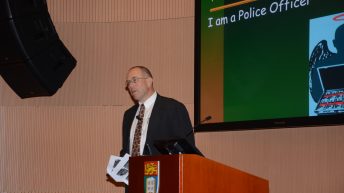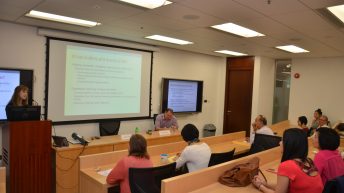Date: 05Mar 2014
SYNOPSIS:
This presentation will argue for a return to – and detailed reading of – the Caroline correspondence between Great Britain and the United States, which lasted for four years from 1838 to 1842. The correspondence has been made famous by virtue of the formula it presents for the operation of the right of self-defence in international law–principally through the principles of necessity and proportionality – and relates to an event that occurred on the territory of the United States on the evening of December 29, 1837. However, much remains obscure about why the correspondence lasted so long, and what a reading of the correspondence in its entirety does for our understanding of what these principles mean (or may mean) in practice. A detailed and holistic ‘reading’ of the correspondence is therefore undertaken and, then, a ‘rereading’ of how this correspondence has been received in the jurisprudence of the International Court of Justice in the Nicaragua Case (1986). Through this latter exercise, the intention is that a more informed and complete picture emerges of the law and the limitations of this law when set against the law of the United Nations Charter, especially taking into account the activation of the right of self-defence during the ‘war on terror’. FULL DETAILS




